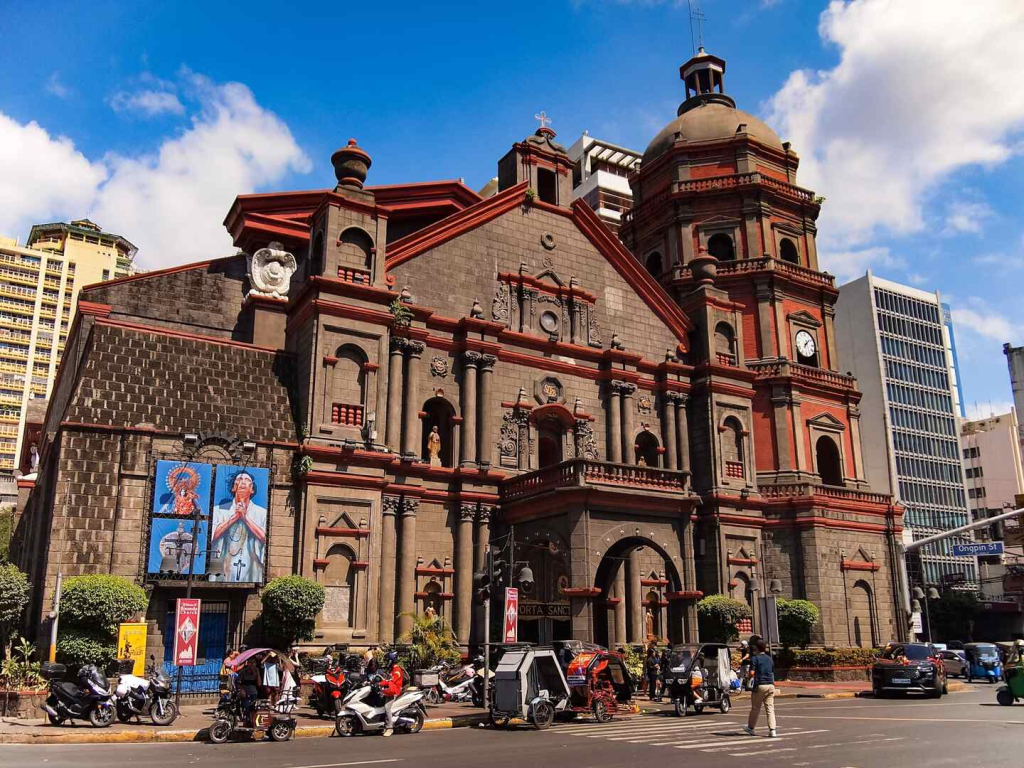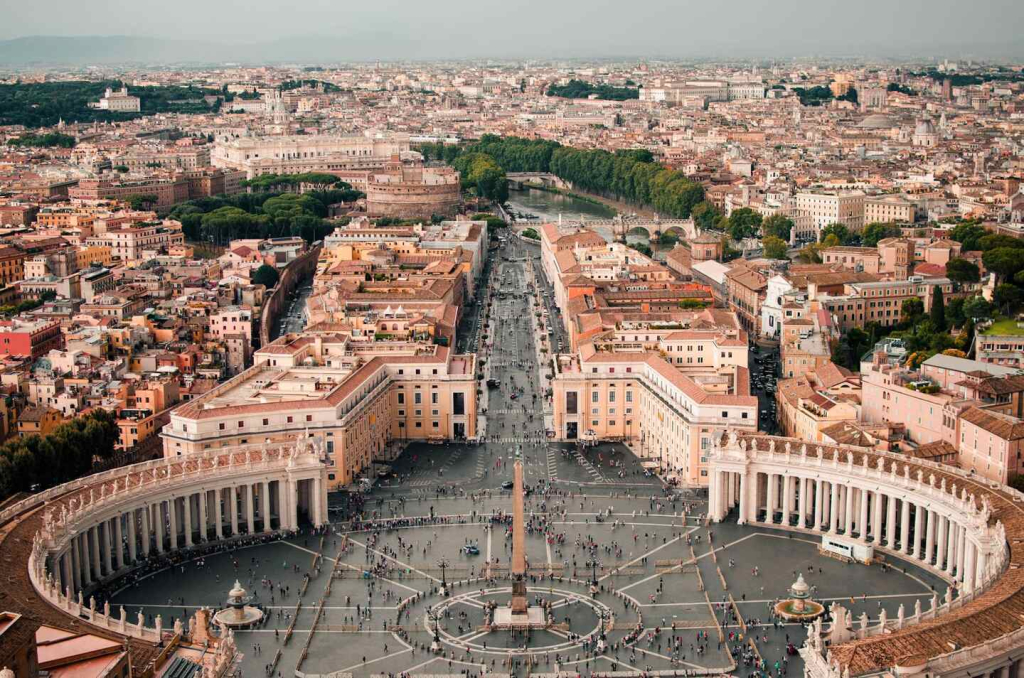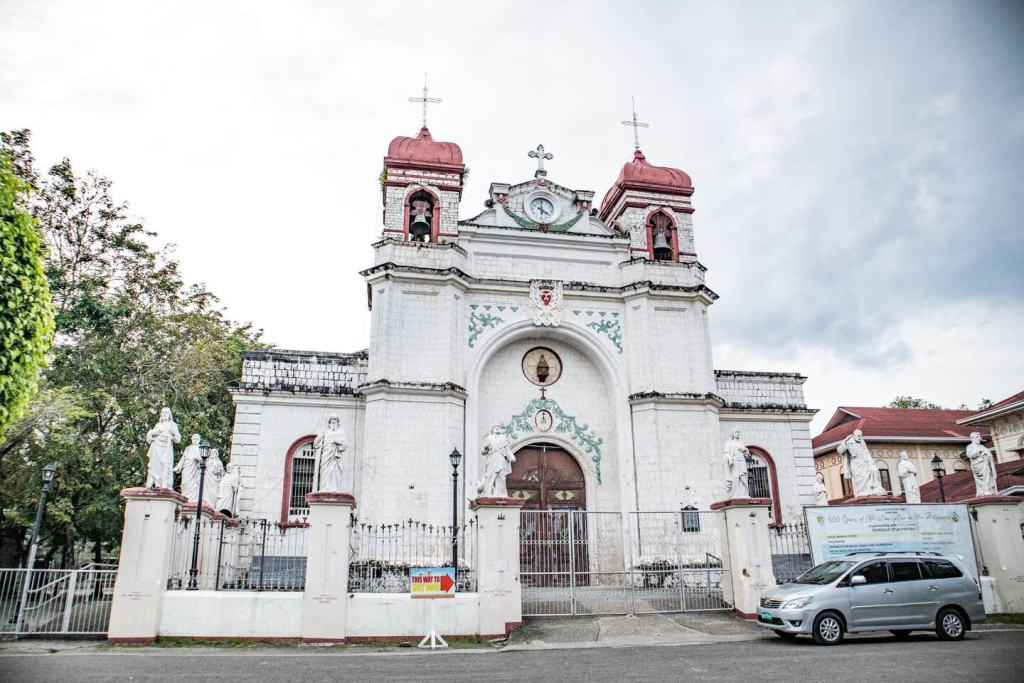
How did Visita Iglesia Start in the Philippines?
Holy Week holds profound cultural and spiritual significance for Filipinos, especially Catholics, as it is a deeply revered and widely observed religious event in the Philippines.
This solemn observance spans the final week of Lent, beginning with Palm Sunday, then Maundy Thursday (or Holy Thursday), Good Friday, Black Saturday, and culminating in Easter Sunday.
Throughout Holy Week, Filipinos engage in a series of rituals, processions, and devotional practices to express their faith and reflect on the suffering of Christ.
What is Visita Iglesia?
One of the Holy Week traditions in the Philippines is called Visita Iglesia. If you are a Catholic, you probably heard the term or participated in Visita Iglesia during Holy Week.
Visita Iglesia is the practice of visiting at least seven traditional pilgrim churches on Maundy Thursday and Good Friday to pray and reflect on the Stations of the Cross and offer personal prayers. This tradition provides believers with an opportunity to deepen their spiritual journey and meditate on the significance of Jesus’ sacrifice.
Some devotees go the extra mile to the point where they walk barefoot from one catholic church to another. While other people take it further by carrying a cross with them. Just like fasting during Lent, people do these acts to commemorate the sufferings of Jesus Christ on the way to his crucifixion.
Devotees visit at least seven churches or seven basilicas representing the seven last words of Jesus Christ, while some devotees travel to 14 churches to represent the 14 Stations of the Cross.
Some of the most visited churches in Manila include Quiapo Church, Manila Cathedral, San Agustin, Minor Basilica de San Sebastián, and National Shrine of St. Jude Thaddeus.
Why do People Participate in Visita Iglesia?
Filipinos engage in this tradition as a way to reflect on the passion and sacrifice of Jesus Christ, meditate on the Stations of the Cross, and deepen their spiritual connection with God.
Additionally, Visita Iglesia provides an opportunity for believers to seek forgiveness for their sins, offer prayers for loved ones, and express gratitude for the blessings in their lives.
Aside from that, some people do it because of a belief that those who complete all stations during Visita Iglesia will be rewarded. Also, people who visit churches during this period see this as an opportunity for to travel and go sightseeing.
In fact, most families today who participate visit seven churches away from their hometowns. But whatever your purpose is, you should remember that it is done to honor the Blessed Sacrament.
History of Visita Iglesia
Rome

The tradition of visiting seven churches during Maundy Thursday or Good Friday started in Rome. Roman Empire practiced visiting seven churches to commemorate the death of Jesus Christ in seven parts. It was initially practiced as a form of pilgrimage to the seven major basilicas in Rome.
Pilgrims would visit these churches to pray, seek penance, and reflect on the passion of Christ.
Saint Philip Neri, an Italian priest, later adapted this tradition and shared it with his friends. He began to assemble his friends, families, neighbors, and even strangers for an informal walk following his afternoon prayer. This act was later known as the “Pilgrimage to the Seven Churches.”
These churches were believed to be the burial sites of prominent figures in Catholicism. The martyrs that are said to be buried in these churches are St. John Lateran, St. Peter, St. Mary Major, St. Paul, St. Lawrence, and St. Sebastian.
The practice spread across the city and was associated with the Holy Week to honor the Blessed Sacrament. People did not practice this tradition after the fall of the Roman Empire.
However, this practice was then revived by Pope Boniface III. The term “Visita Iglesia” was coined from the Spanish term “ Visita al Santisimo Sacramento en el monumento de la Iglesia parroquial,” which means “Visit the Blessed Sacrament in the monument; of the parish church.”
Philippines

In the Philippines, Visita Iglesia became popularized during the Spanish colonial period, when missionaries introduced Catholicism to the islands.
Augustinian missionaries spread the practice in the 1560s. There were only a few Catholic churches in the Philippines, and a great distance separated these churches. Walking to these churches was a challenge during the Spanish colonial period.
Over time, settlements grew more extensive, which caused the widespread of Catholic churches. Transportation also significantly improved during this era, making traveling more manageable than before. During the Spanish colonial period, Manila was the center of pilgrimage because Intramuros alone had seven large churches.
Visita Iglesia provides an opportunity for spiritual renewal, repentance, and deepening of faith. But aside from this, it is also a way for tourists to visit historic churches in the Philippines. Since then, it has been a tradition in the Philippines alongside the waving of palaspas, fasting during Lent, sinakulo, and penitensya.
In addition, there has been different variations of this tradition. In 2010, there was a Bisikleta Iglesia where the pilgrimage was made by bikes.
During the pandemic, there was a virtual Visita Iglesia in selected churches. Catholics who still wanted to visit churches were able to visit particular churches as Google Maps provided a 360-degree inside view of the churches.
Some of the churches available for the virtual event were Saint Agustin Church in Intramuros and the Metropolitan Cathedral of the Immaculate Conception.
What to do during Holy Week?
During Visita Iglesia, you should take this moment and pray with all your heart. This is the time of year when you can commemorate the sacrifice of Jesus Christ for salvation, so you should follow the tradition and reason behind it.
At each church, individuals offer prayers, both personal and communal, reflecting on the Stations of the Cross and meditating on the suffering and sacrifice of Jesus Christ.
During this time, many churches have Stations of the Cross, depicting scenes from Jesus’ journey to Calvary. Participants may walk the Stations of the Cross, stopping to pray and contemplate at each station.
You can also use this for personal prayers, giving you an opportunity to thank God and pray for the well-being of people important to you. Seeing different tourist spots in the Philippines is a great way to bond with your family. Still, you should also remember that the essence of Holy Week is commemorating Jesus Christ’s suffering.
Visita Iglesia is one of those Filipino traditions that will never fade. As was said earlier, the tradition of visiting churches had some innovations.
You can be assured that Filipinos can still see these beloved churches through different means. And it does not matter how many churches you visit, as long as you know its meaning and significance. Renew your faith and strengthen your relationship with God during the holy week.

Celebrate Life’s Milestones in Camella!
Make unforgettable memories in a Camella home.
Our communities are designed to elevate your living experience.


